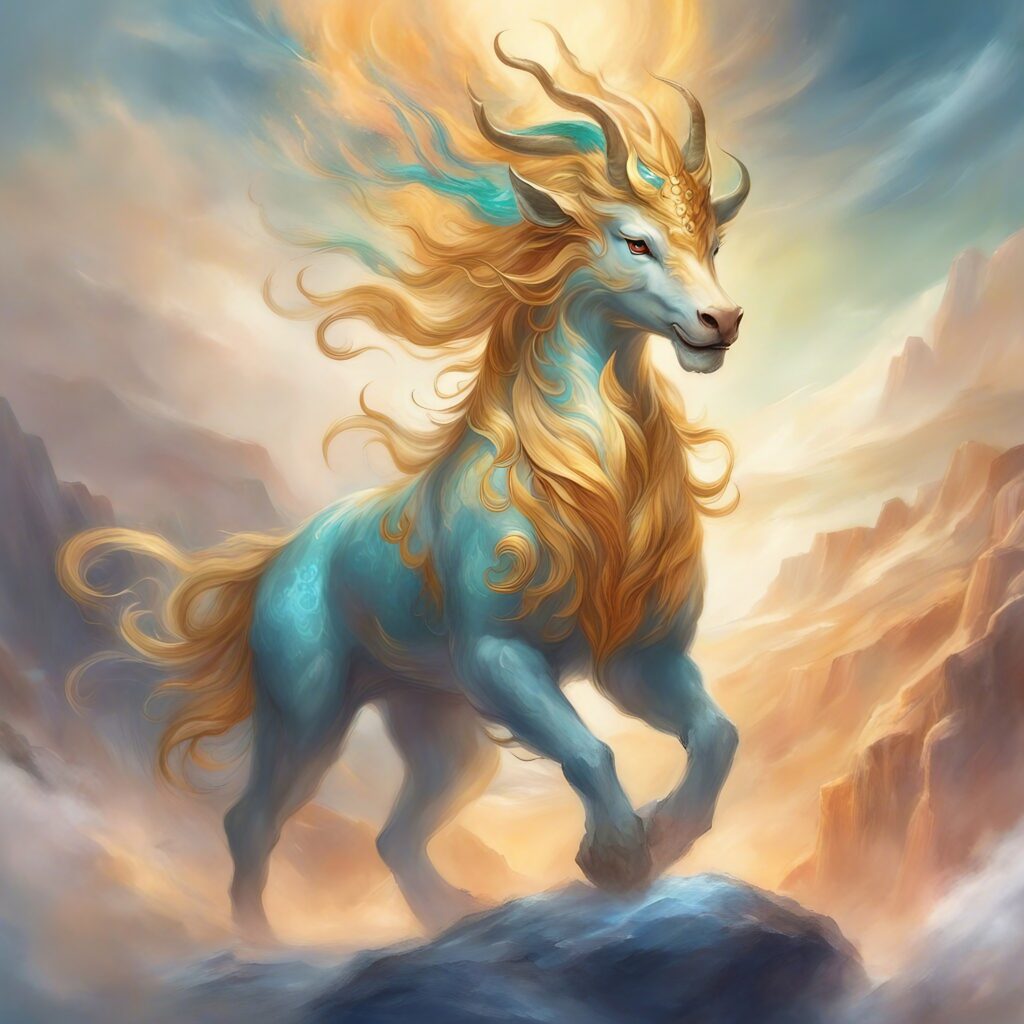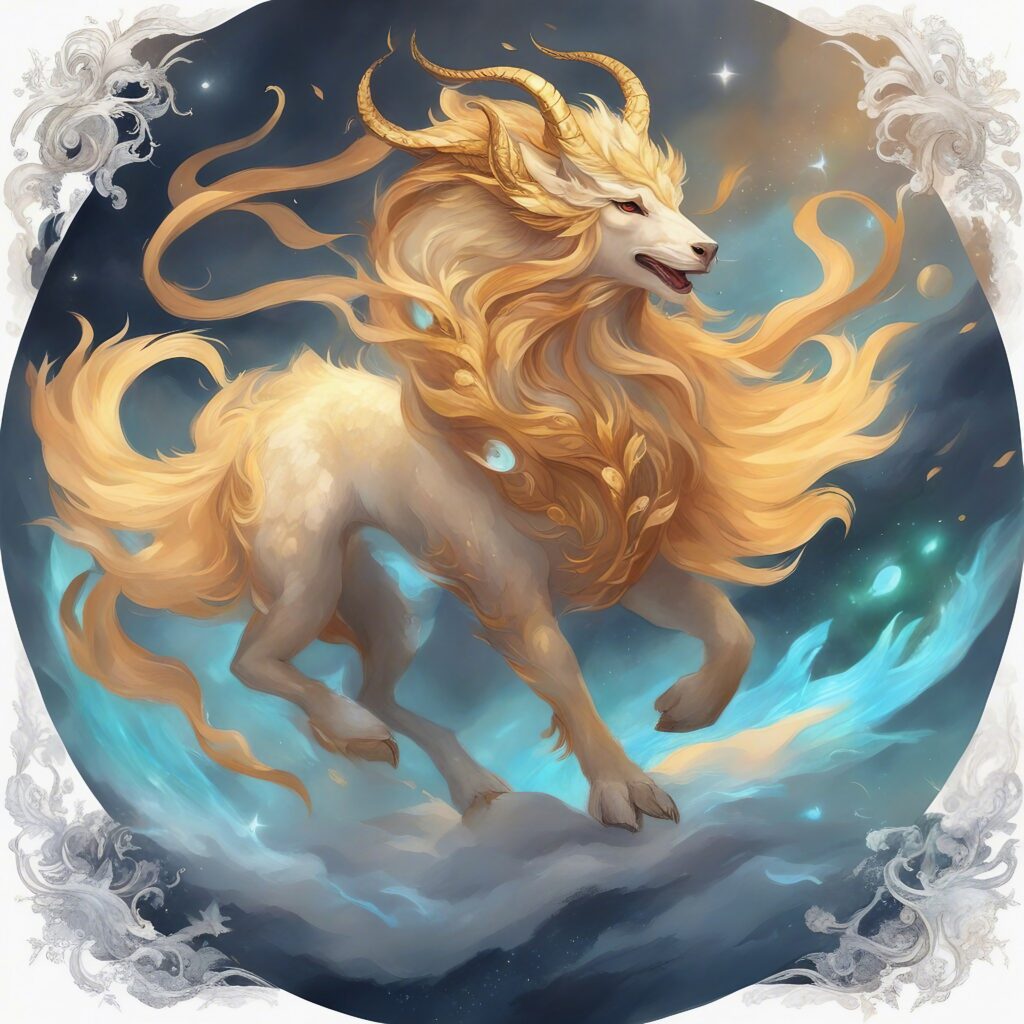Introduction
When people think of unicorns, their minds often wander to the mythical, horned horse-like creatures prominent in Western folklore. However, the rich tapestry of Chinese mythology offers its own version of the unicorn, known as the Qilin (麒麟). This creature is so much more than just a Chinese unicorn; it’s a fascinating blend of various animals and a symbol of serenity, prosperity, and benevolence. In this blog post, we will explore the lore, symbolism, and cultural significance of the Qilin to offer you a comprehensive understanding of this captivating mythical creature.
The Origin of the Qilin
The First Sighting
Legend has it that the first sighting of a Qilin was an omen signifying the forthcoming birth of Confucius, one of China’s most influential philosophers. The creature was said to have walked through the village, its steps causing no harm to any living thing, before vanishing into the wilderness. This tale firmly implanted the Qilin as a symbol of goodness and harmony in Chinese culture.
Symbolism of the Qilin
A Harmonious Balance
The Qilin embodies a harmonious balance between various elements. Its composite nature—part dragon, part deer, part fish—represents a unity of yin and yang. In many ways, the Qilin is a living symbol of balance and harmony in the natural world.
Prosperity and Serenity
Due to its association with the arrival of virtuous leaders or sages, the Qilin is often considered a harbinger of prosperity and peace. Statues and images of the Qilin are commonly used in Feng Shui to attract wealth, success, and positive energy.

The Qilin in Literature and Art
Variations Across Cultures
While the Qilin originated in Chinese mythology, it has been embraced by other East Asian cultures, each with slight variations. In Japan, it is known as Kirin, and in Korea, it is called Girin. Each interpretation retains the core symbolism of balance, benevolence, and prosperity, albeit with minor differences in appearance and lore.
Qilin in Modern Culture
Pop Culture References
The Qilin has also found its way into pop culture, appearing in video games, fantasy literature, and even as collectible figures. Its popularity extends beyond Chinese or East Asian communities, captivating audiences worldwide with its intriguing blend of mythical elements.
The Historical Context of the Qilin
In Confucian Texts
The Qilin appears in several Confucian texts where it is associated with wise and just rule. It’s often discussed in the same context as other mythical creatures like the dragon and the phoenix, all of which represent different facets of a balanced and harmonious society.
Ming and Qing Dynasties
During the Ming and Qing Dynasties, the Qilin became a popular subject in art and literature. The creature was often depicted in imperial art and even appeared in the costumes of the imperial court. The Qilin was also one of the “Four Divine Creatures,” along with the dragon, phoenix, and turtle, often appearing in architectural features like roofs and gates of temples.
Qilin Across Different Media
Film and Television
In recent years, the Qilin has appeared in films and television series focused on Chinese history or mythology. It’s usually portrayed as a guardian creature or a symbol of impending good fortune.
Animation and Comics
The Qilin has found a younger audience through its appearances in animated series and comics, where it often takes on more whimsical, even human-like qualities while retaining its symbolic attributes.
The Qilin in Other Philosophical Systems
Daoism
In Daoist philosophy, the Qilin is considered a creature of great purity and grace. It is said to live for a thousand years and to tread lightly to ensure it harms no living thing, aligning with Daoist principles of living in harmony with nature.
Buddhism
The Qilin has also found a place in Chinese Buddhist symbolism. In Buddhist art, the Qilin is often depicted carrying the “Flaming Pearl,” a symbol of Buddhist wisdom, on its back.
The Qilin in Today’s Global Landscape
As a Symbol of Chinese Identity
In a world where cultural symbols are increasingly shared and adopted across boundaries, the Qilin remains a distinctly Chinese symbol. For people of Chinese descent living abroad, the Qilin serves as a connection to their heritage.

As a Universal Symbol
While it remains a uniquely Chinese symbol, the Qilin’s core themes of balance, harmony, and prosperity are universal. This has allowed the creature to transcend its cultural origins to some extent, resonating with people from diverse backgrounds.
The Qilin and You
The Qilin is not just a cultural or historical symbol; it can also be a personal one. Just as it has for centuries, the Qilin can inspire individuals today to seek balance, harmony, and benevolence in their own lives. Whether it’s through Feng Shui, art, or simply adopting the Qilin as a personal emblem, its rich symbolism offers multiple avenues for personal exploration and growth.
Final Thoughts
The Qilin is an intricate and fascinating creature that goes beyond its mythical aspects to offer a complex set of cultural, historical, and philosophical symbolisms. It’s not merely a “Chinese unicorn” but a representation of various life principles that are highly relevant today. As it has for centuries, the Qilin continues to inspire and captivate, making it an enduring icon in both Chinese culture and the broader tapestry of world mythology.